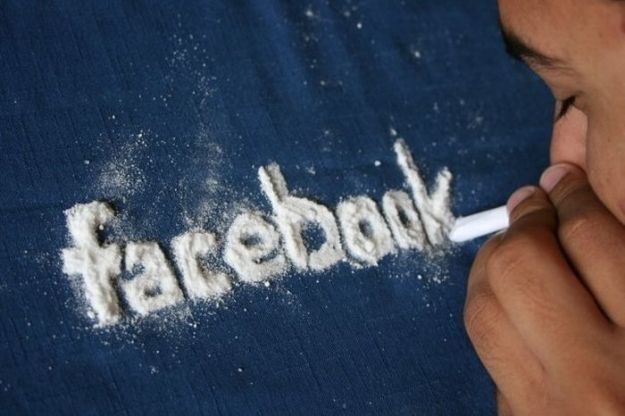
If you’ve been smoking marijuana like a cigarette lately, you might want to cut back on your Facebook time. The National Center on Addiction and Substances Abuse at Columbia has released a study indicating that the more time teenagers spend social networking on sites like Facebook and Google+, the more likely they are to drink, smoke, and use drugs.
According to IB Times, roughly 70 percent of the 1,037 teenagers studied spent time on Facebook, Myspace (seriously?), and other social networking sites. These 70 percent were more likely to use tobacco, three times more likely to drink alcohol, and twice as likely to use marijuana.
“The results are profoundly troubling … the anything goes, free-for-all world of Internet expression, suggestive television programing and what-the-hell attitudes put teens at sharply increased risk of substance abuse,” said CASA Founder and Chairman Joseph Califano Jr.
While the study’s authors seem to try to be linking social networking to these bad habits, we don’t really see much of a connection. Teens have been doing a lot of smoking, drinking, and drugging far before social networking came about in 2004(ish). What this really tells us is that 70 percent of teens tend to be social and hang out more. Unfortunately, socializing when you’re a teen means you’re more likely to bow to peer pressure and engage in these types of drug-related activities. The 30 percent who stay off social networks most likely don’t hang out and socialize nearly as much as their Facebooking peers, meaning no, they probably don’t smoke, drink, or do many drugs. Facebook and social networks don’t appear to be related much at all, except for the fact that people do some of their socializing on the Internet now.
Have drug usage rates for these drugs gone up with the increase in social networking in the last seven years? That’s a more interesting question. Or, does Facebook addiction correlate with addiction to other drugs? One study suggests it might be more addictive than either.
The good news is that parents aren’t buying it. The study found that 9 out of 10 parents don’t believe social networking causes drinking and drug use.


